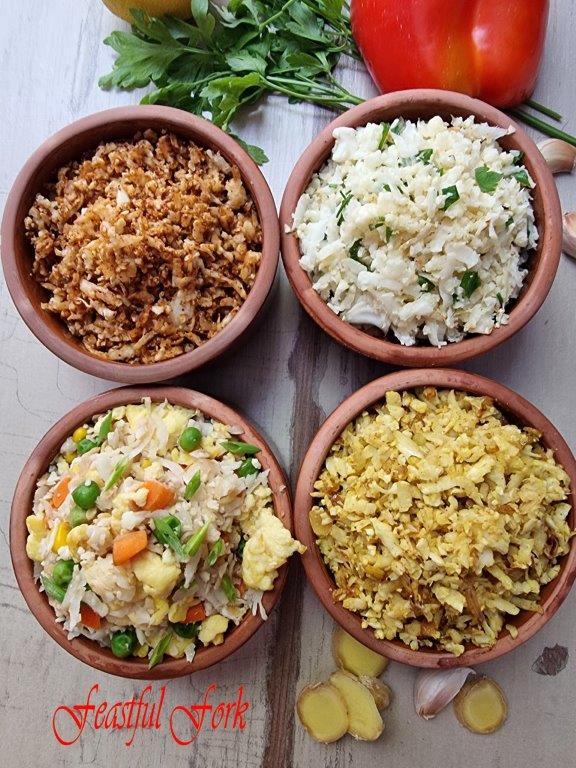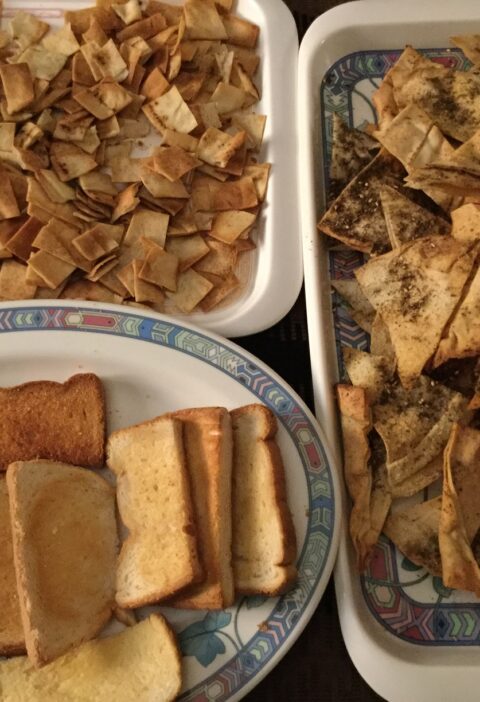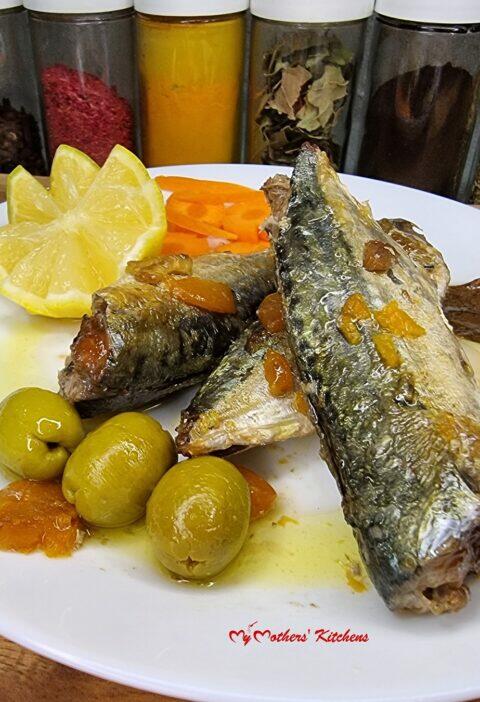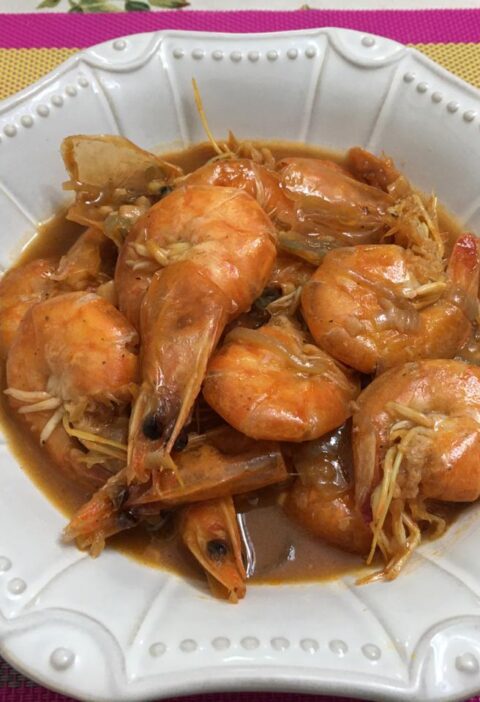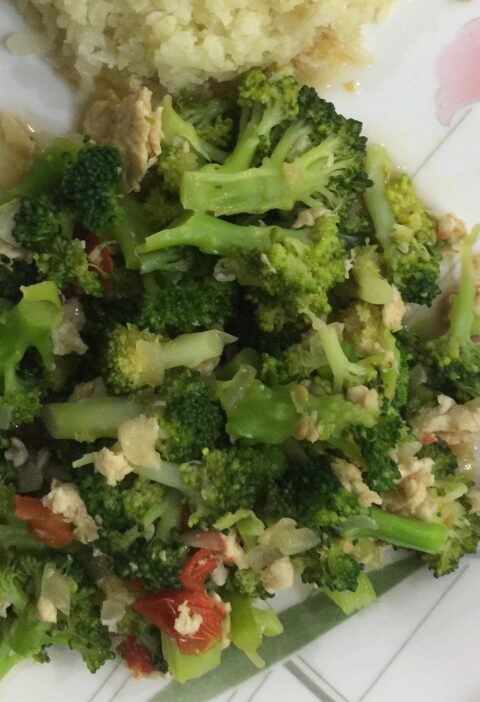A head of cauliflower and two tablespoons of butter (substitutions vary) are all you need to transform that vegetable into rice.
Why make it into rice if I eat it with rice? That was my initial reaction to the idea. Now I have the answer to that question: you can pair cauliflower rice with any dish as you would with regular rice.
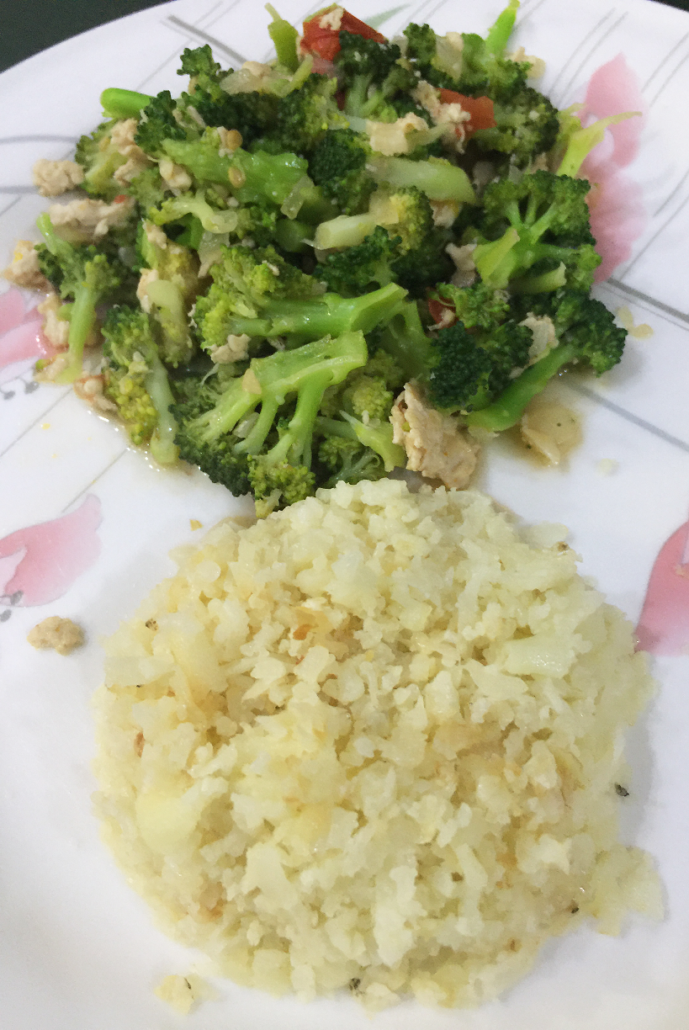
What is Cauliflower Rice?
Cauliflower rice is a nutritious and versatile ingredient that’s gained popularity as a low-carb, low-calorie alternative to white rice. Made from a medium head of cauliflower – either fresh or frozen – it’s prepared by pulsing the cauliflower florets in a food processor until they resemble the texture of rice. For those without a food processor, a box grater offers a manual alternative, transforming the head of cauliflower into small, rice-like grains.
Riced cauliflower can also be bought pre-made, often found in the frozen section of many grocery stores. The final product, which can be sautéed on medium heat, boasts a mild, adaptable flavor, making it a perfect base for a variety of recipes.
In this post, we will give you the simple instructions for making cauliflower rice. No need to complicate what is already simple and what works.
Benefits of Cauliflower Rice as a Healthy Alternative to Rice
For several reasons, opting for cauliflower rice over traditional white rice can be a health-conscious choice. Primarily, it is significantly lower in calories and carbohydrates, making it ideal for those managing their weight or monitoring their carb intake.
Cauliflower rice is also rich in nutrients like fiber, vitamins C and K, and other antioxidants that white rice lacks. Its high fiber content promotes digestive health and can aid in maintaining a feeling of fullness longer than white rice.
Low in glycemic index, cauliflower rice can be suitable for people with diabetes as it has a lesser effect on blood sugar levels. Additionally, it’s inherently gluten-free, making it an excellent option for those with gluten sensitivities or celiac disease.
Choosing the Right Cauliflower
Selecting the ideal medium head of cauliflower is the first step in making cauliflower rice. Look for a head with a clean, creamy white color, free of brown spots or blemishes. The leaves should be vibrant and green, with no signs of wilting, an indicator of freshness. The cauliflower should feel heavy for its size, a sign of ample hydration, which means it’s likely to be tender and flavorful.
When considering the size, keep in mind that one medium head of cauliflower yields about 4 cups of riced cauliflower. If you’re using frozen cauliflower, ensure it’s fully thawed before proceeding with the preparation.
Cleaning and Preparing Cauliflower
Start by removing any outer leaves and cutting away the stem from the head of cauliflower. It’s best to rinse the cauliflower under cold water to wash away any dirt and potential pesticides. Pat the cauliflower dry with a paper towel to remove excess moisture.
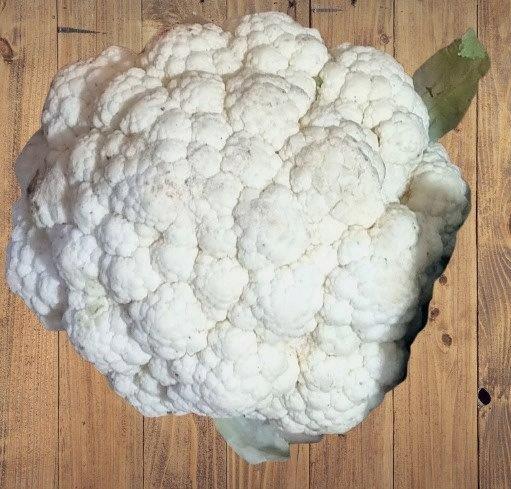
Depending on the method you’ll use to rice the cauliflower, you can cut the florets into medium-sized pieces or into quarters if you’re using a food processor with a grater attachment. If you are using a box grater manually, or a knife, cut the cauliflower into quarters.
How to Turn Your Cauliflower Into Rice-like Texture
There are several ways to achieve the fine, rice-like texture that characterizes cauliflower rice.
- Food Processor Method:
- Place the cauliflower pieces into the bowl of a food processor.
- Pulse in short bursts until the cauliflower resembles small grains of rice.
- Work in batches if necessary to avoid overcrowding, which can lead to uneven ricing.
- Box Grater Method:
- Hold a box grater over a bowl.
- Grate the pieces of cauliflower against the medium-sized holes until it takes on a rice-like texture.
- Knife Method:
- If you don’t have a food processor or box grater, use a chef’s knife.
- Carefully chop the florets by hand, working methodically to create small, rice-sized pieces.
Regardless of the method chosen, the key objective is to produce uniform cauliflower grains that will cook evenly and mimic the texture of rice. Once riced, the cauliflower can be cooked immediately, stored in an airtight container in the fridge for up to a few days, or frozen for future use.
Cooking Methods for Cauliflower Rice
Once your cauliflower is riced, it’s time to transform it into a delicious dish. Cooking cauliflower rice is quick and straightforward, with several methods available depending on the final dish’s desired outcome and personal cooking preferences. Here’s how to cook your cauliflower rice to perfection.
- Sautéing on the Stovetop:
- Heat a tablespoon of olive oil in a large skillet over medium heat.
- Add the riced cauliflower to the hot oil, spreading it evenly.
- Cook for about 5 to 8 minutes, stirring occasionally to ensure even cooking.
- Steaming:
- Place the riced cauliflower in a steamer basket over boiling water.
- Cover and steam for about 3 to 5 minutes, until tender but not mushy.
- Add a tablespoon of olive oil or butter and stir until well combined.
- Microwaving:
- Place the riced cauliflower in a microwave-safe bowl. No need to add water if it’s fresh, as the natural moisture content is enough.
- Cover with a microwave-safe lid or plastic wrap and microwave on high for 3 to 4 minutes.
- Carefully remove the cover (watch out for steam) and season as desired.
- Add a tablespoon of olive oil or butter and stir until well combined.
- Oven Roasting:
- Preheat your oven to 425°F (220°C).
- Spread the riced cauliflower on a baking sheet, toss with olive oil.
- Roast for about 10 to 15 minutes, stirring halfway through, until it’s golden and slightly crispy.
Each cooking method can influence the texture and flavor of the cauliflower rice, so it’s advisable to experiment to find which suits your taste and your favorite recipe.
Pros and Cons of Each Cooking Method
- Sautéing on the Stovetop:
- Pros: Quick and convenient, easily customizable, delivers a more robust flavor due to caramelization.
- Cons: Requires constant attention to prevent burning, could get soggy if overcooked.
- Steaming:
- Pros: Preserves nutrients, no additional fats needed, keeps a neutral flavor for versatility in recipes.
- Cons: Can become mushy, lacks the depth of flavor that other methods provide.
- Microwaving:
- Pros: Fastest method, efficient, retains moisture without needing oil.
- Cons: No browning occurs, can lead to uneven cooking, might have a less appealing texture.
- Oven Roasting:
- Pros: Offers a deeper flavor with caramelization, can achieve a crispy texture.
- Cons: Takes longer than other methods, requires preheating the oven, might dry out if not monitored.
Choosing the right cooking method for your cauliflower rice can make all the differences in your meal. Each has its benefits and downsides, but ultimately, the choice comes down to personal preference and the specific needs of the dish you’re preparing.
A simple sauté might be perfect for Cauliflower Fried Rice, while steaming could be ideal for a lighter side dish. Whichever method you choose, cooking cauliflower rice is an easy and healthy way to add more vegetables to your diet.
Additional Tips for Making Cauliflower Rice
- Don’t Overpack: When processing or grating, avoid overfilling to ensure even and consistent ricing.
- Size Matters: Aim for uniform, rice-sized pieces for even cooking. Too small, they’ll become mushy; too large, they’ll be unevenly cooked.
- Dry is Key: Ensure the riced cauliflower is dry to prevent sogginess. A salad spinner can also help remove excess water.
- Flavor Pairing: Before cooking, think about what you’ll serve the rice with. You may also want to consider adding complementary herbs or spices.
- Heat Control: When sautéing, keep the heat to medium and don’t overcrowd the pan to avoid steaming, which can make the rice mushy.
- Al Dente Alert: For optimal texture, cook until it’s just tender but still has some bite, similar to ‘al dente’ pasta.
- Creative Add-Ins: Boost the flavor by sautéing garlic or onion before adding the cauliflower, or stir in lime zest and cilantro after cooking for a zesty twist.
Flavorful Variations
Well, we would need more than that cauliflower and oil or butter as we venture on flavorful variations for cauliflower rice. Taking your homemade cauliflower rice from plain to spectacular is as simple as incorporating a few flavorful twists. Here’s a few:
- Cauliflower Fried Rice: For an Asian-inspired twist, begin by sautéing finely diced onions and garlic in a tablespoon of sesame oil. Add the riced cauliflower, along with a mix of peas, carrots, and scrambled eggs. Season with soy sauce, a sprinkle of green onions, and a dash of five-spice powder for authentic flavors.
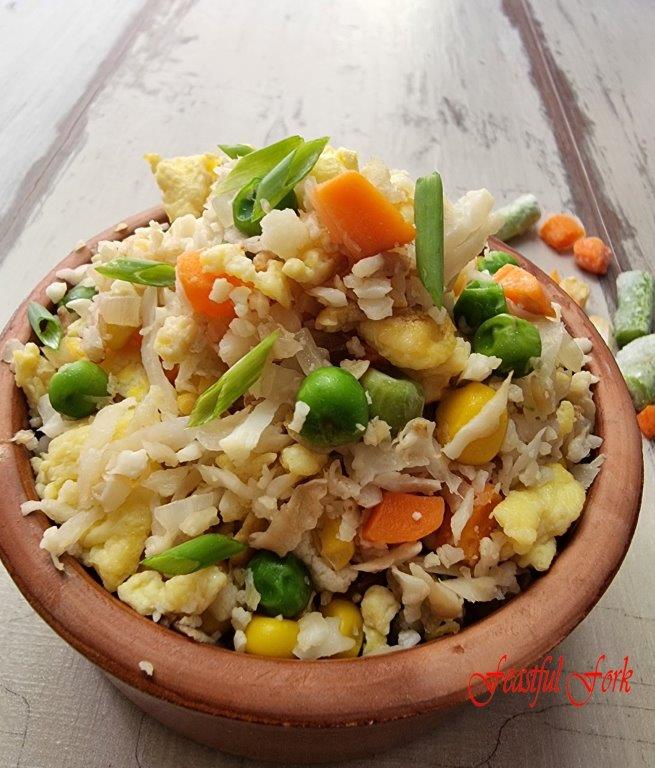
- Herbed Cauliflower Rice: Stir in a combination of fresh herbs such as parsley, dill, or basil after cooking the cauliflower rice to brighten the dish. A squeeze of lemon juice and zest can further enhance the fresh taste.
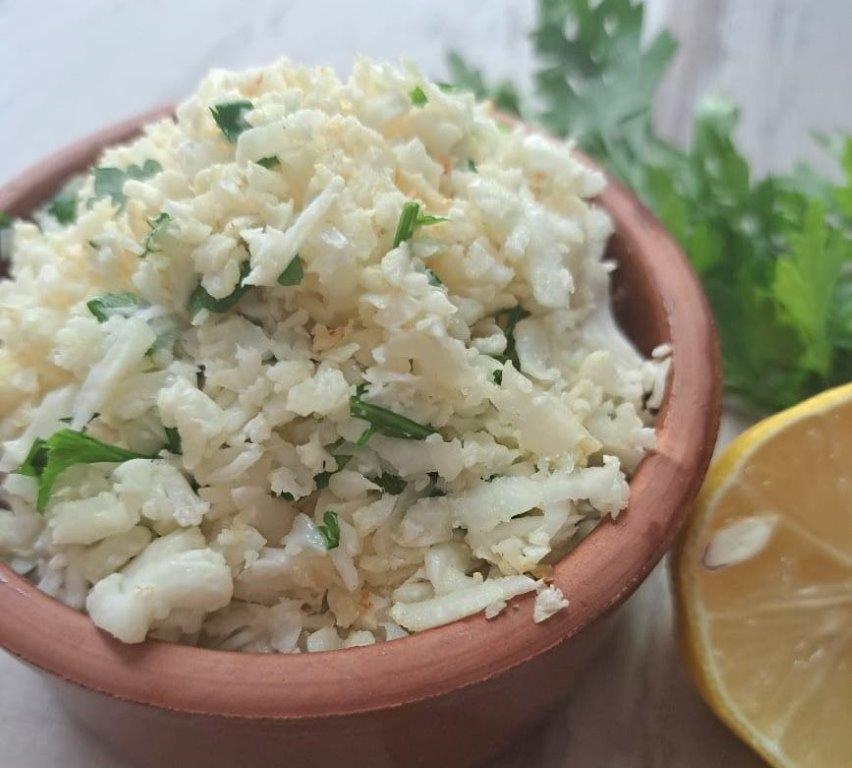
- Mexican-style Cauliflower Rice: Mix in chili powder, cumin, and paprika during cooking to complement your taco nights or burrito bowls. Topping the finished rice with fresh cilantro and a squeeze of lime juice will add a fresh zing.
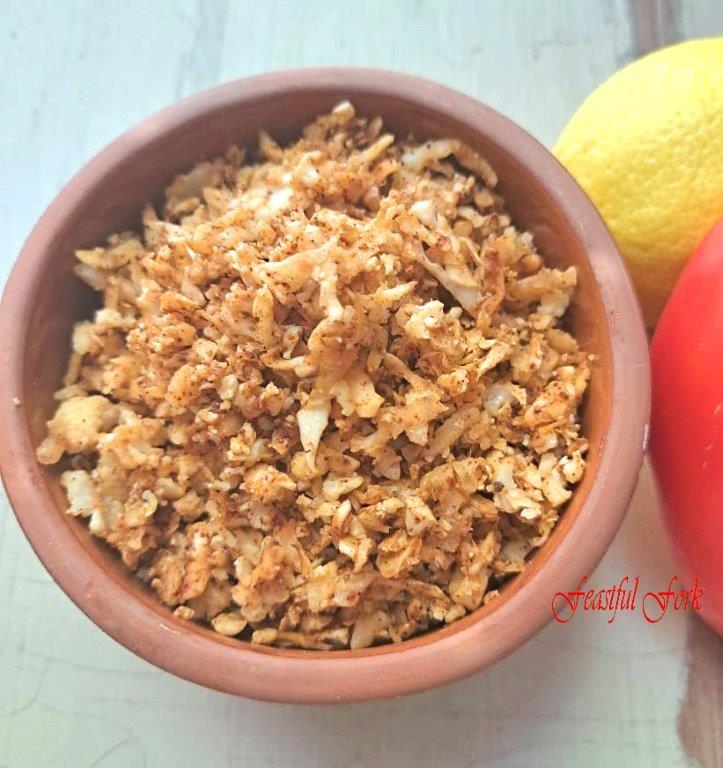
- Curried Cauliflower Rice: Sauté a diced onion with ginger and garlic, then add turmeric, curry powder, and ground coriander to the mix for a deeply flavorful base. Stir the seasoned onions into the cooked cauliflower rice for a dish with Indian flair.
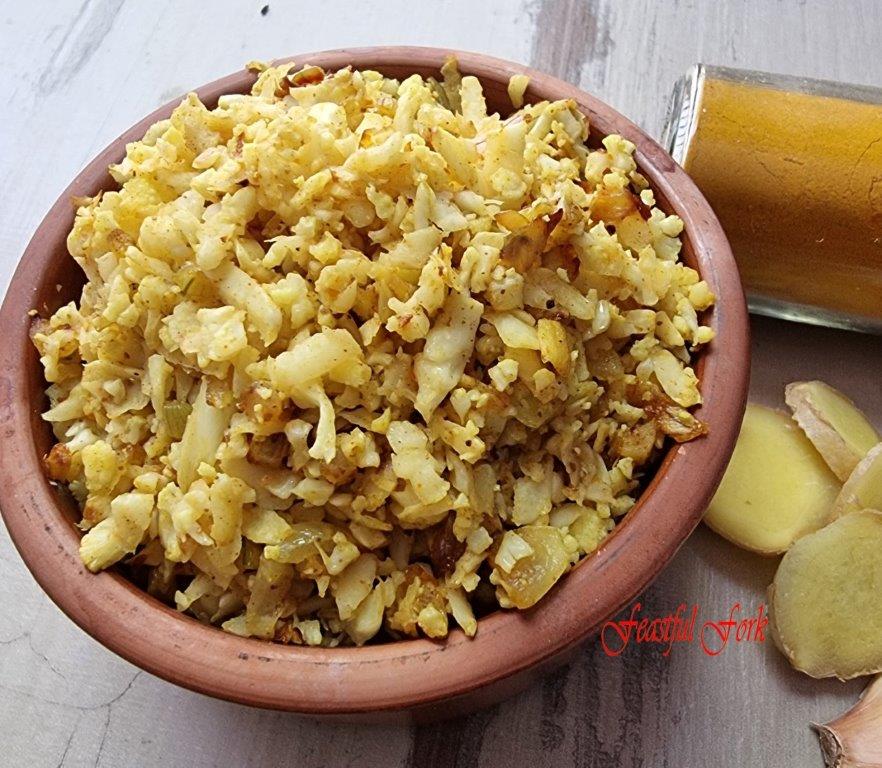
The possibilities are endless if you think of how to make cauliflower rice. Creativity is key.
Another one is Mediterranean Cauliflower Rice: Just incorporate sun-dried tomatoes, kalamata olives, and crumbled feta cheese for a taste of the Mediterranean. Seasoning with oregano and a drizzle of olive oil before serving will tie it all together.
Adding spices and herbs for more flavor
| Cuisine | Spices & Herbs to Add |
|---|---|
| Asian | Ginger, garlic, soy sauce, sesame oil, green onion |
| Indian | Garam masala, turmeric, cumin, coriander, cardamom |
| Italian | Basil, oregano, thyme, garlic, balsamic glaze |
| Mexican | Chili powder, cumin, coriander, paprika, cilantro |
Remember, the key to making a tasty cauliflower rice with herbs and spices is to start with a small amount and adjust to your palate, ensuring that no single flavor overpowers the others. With these aromatic additions, you can transform your cauliflower rice into a delightful accompaniment to any meal.
By experimenting with these variations, you’re sure to find new favorites that make your cauliflower rice a star on the dinner table.
Serving Ideas
- As a Side Dish: Enhance the texture of rice by serving it plain or jazzed up with a pat of butter and fresh herbs alongside grilled meats or vegetables.
- In a Salad: Cool and toss with mixed greens and a vinaigrette for a refreshing, crunchy salad base.
- In a Casserole: Use it as a substitute for rice or pasta in baked casseroles, absorbing flavors and adding nutrition.
By thinking creatively, you can find countless opportunities to incorporate cauliflower rice into your everyday meals, from breakfast stir-fries to savory dinner pilafs.
Pairing Cauliflower Rice with Different Proteins and Sauces
- With Chicken: Try cauliflower rice with grilled or roasted chicken, drizzled with a tangy lemon-herb sauce. Or with chicken and vegetable stir-fry.
- With Beef: Serve with stir-fried beef and broccoli, finished with a savory soy or teriyaki sauce.
- With Seafood: Top it off with garlic shrimp or seared scallops complemented by a rich, buttery sauce.
- With Tofu: For a plant-based protein, crisp up some tofu and serve over spiced cauliflower rice with a sweet chili sauce.
Storing and Reheating
Storing cauliflower rice properly is key to maintaining its quality. Whether you’ve made a batch of fresh cauliflower rice or have leftovers, follow these steps:
- Cool Down: Allow your cooked or raw cauliflower rice to cool completely at room temperature before storing to prevent condensation that can lead to sogginess.
- Airtight Container: Transfer the cauliflower rice to an airtight container. This helps to prevent moisture and other contaminants from getting in.
- Refrigerate or Freeze: For short-term storage, place the airtight container in the refrigerator where it can last for up to 4 days. For longer storage, pack the rice in a freezer-safe airtight container or freezer bag and freeze it. Frozen cauliflower rice can last for up to one month.
Reheating methods to maintain the texture and flavor.
- Microwave: For a quick option, place the refrigerated or thawed cauliflower rice in a microwave-safe dish, cover with a paper towel to absorb excess moisture, and heat in 30-second increments until warm. Stir between increments to ensure even heating.
- Stovetop: To restore a more authentic texture, reheat on the stovetop. Add a tablespoon of olive oil to a skillet over medium heat, then add your rice, stirring frequently for about 5 minutes or until heated through.
- Oven: Preheat your oven to 350°F (175°C). Spread the rice out on a baking sheet in an even layer and cover with foil. Heat for about 10 minutes or until thoroughly warmed.
For frozen cauliflower rice, thaw it in the refrigerator overnight before reheating, or cook directly from frozen using the above methods, adjusting the time as needed.
Print
Cauliflower Rice
- Prep Time: 5 minutes
- Cook Time: 10 minutes
- Total Time: 15 minutes
- Yield: 4 cups 1x
- Category: Rice
- Method: cooking
- Cuisine: International
Description
A head of cauliflower and two tablespoons of butter (substitutions vary) are all you need to transform that vegetable into rice. From there, you can make variations to suit your palate.
Ingredients
- 1 head cauliflower
- 2 tablespoons butter (or olive oil)
Instructions
- Wash the cauliflower then dry using paper towel.
- Grate using the regular grater or food processor. (See detailed instructions above)
- Heat a pan or casserole and melt butter over medium heat.
- Add grated cauliflower and stir until well-covered by butter. Continue to stir for no more than 5 minutes.
Notes
Serve as rice along with your favorite dish, or as a side dish or as salad ingredient.
Check the post above for further cauliflower rice variations coming from this one basic recipe.

